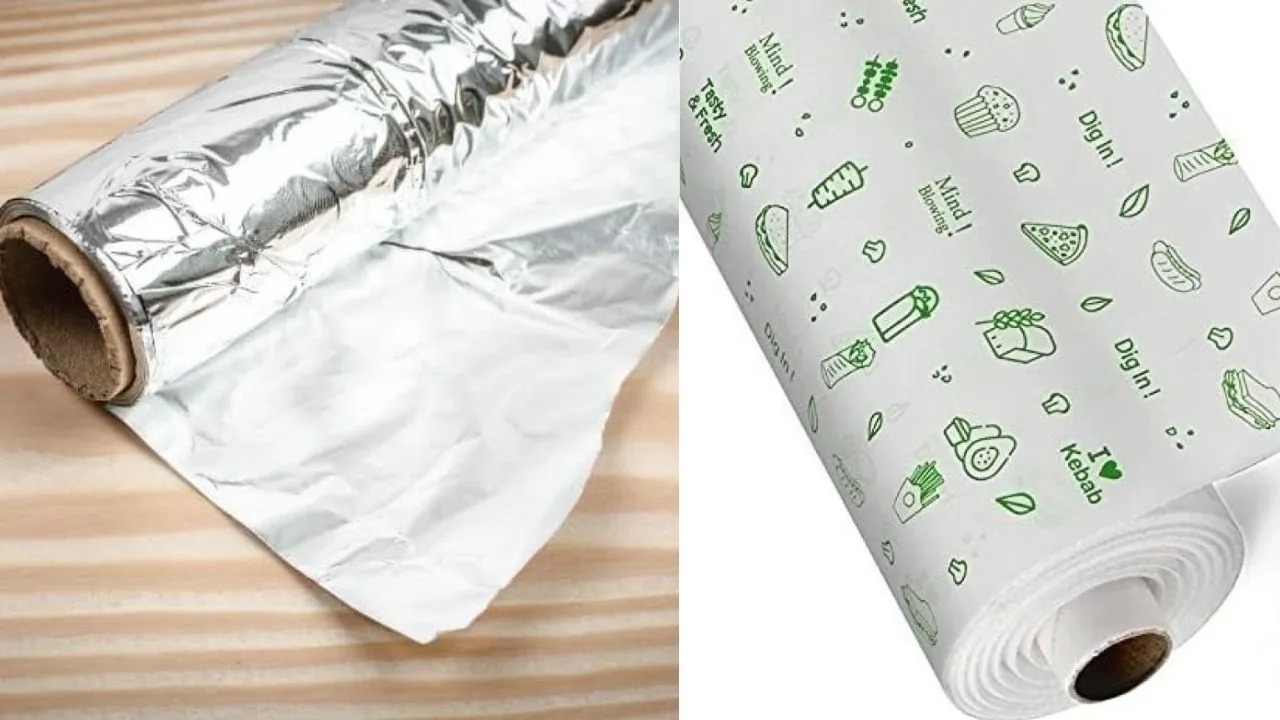
When we step out of the house, we often pack our meals to carry with us. But have you ever wondered how safe the packaging material is for your food? Most people use either aluminium foil or butter paper to wrap their meals, but which one is the better and safer option?
Today, we’ll help you understand the differences between these two food-wrapping materials and determine which one is healthier for everyday use.
Is Aluminium Foil Safe for Packing Food?
Aluminium foil is widely used for wrapping food due to its heat retention properties, but it may not always be the safest choice.
Why Aluminium Foil Can Be Harmful?
- Releases Aluminium Particles: When hot or acidic foods (like citrus fruits, tomatoes, or vinegar-based dishes) come in contact with foil, aluminium particles can leach into the food.
- Health Risks: Excessive consumption of aluminium has been linked to:
- Gut issues
- Brain disorders (such as Alzheimer's disease)
- Weakening of bones
- Not Ideal for Long-Term Use: Regular use of aluminium foil for packing food may increase metal accumulation in the body, leading to potential health risks over time.
When to Avoid Aluminium Foil?
Do not wrap hot or sour foods in aluminium foil.
Safe for dry or cold food items for short durations.
Why Butter Paper is a Safer Option?
Unlike aluminium foil, butter paper (also known as parchment paper) is made from cellulose, making it a safer alternative for food packing.
Benefits of Using Butter Paper:
Non-Toxic and Chemical-Free: Unlike aluminium foil, it does not react with food.
Absorbs Excess Oil: Helps keep food fresh and prevents sogginess.
Retains Food Quality: Maintains the taste and texture of the food without contamination.
Environmentally Friendly: More biodegradable compared to aluminium foil.
Best Uses of Butter Paper:
- Wrapping hot and oily food like parathas, sandwiches, or fried snacks.
- Lining baking trays for cooking or baking.
- Packing school or office lunches for safe and healthy meals.

 Share
Share






